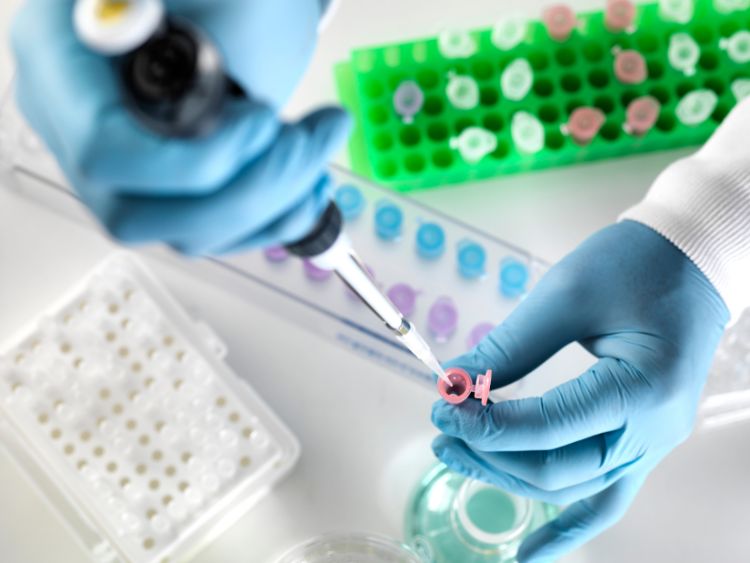In the ever-evolving field of prenatal care, panorama genetic testing emerges as a beacon of hope and innovation. This comprehensive guide aims to shed light on the intricacies of this groundbreaking technology, offering expectant parents and healthcare professionals alike a deeper understanding of its benefits, processes, and implications.
Imagine a world where we can anticipate and prepare for the health needs of the unborn. Panorama genetic testing isn’t just a glimpse into this future; it’s the reality of prenatal care today. This non-invasive marvel allows us to peek into the baby’s genetic makeup, identifying potential health concerns long before birth. But how does it work, and why is it transforming prenatal care? Let’s dive in and explore the ins and outs of panorama genetic testing.
What is Panorama Genetic Testing?
At its core, panorama genetic testing is a non-invasive prenatal test (NIPT) that screens for genetic abnormalities in a fetus by analyzing tiny fragments of fetal DNA found in the mother’s blood. It’s a game-changer in prenatal care, offering insights into chromosomal conditions that could affect a baby’s health.
The Benefits of Panorama Genetic Testing
- Early Detection: It allows for the early identification of various genetic conditions.
- Non-Invasive: A simple blood draw from the mother is all it takes, minimizing the risk to the fetus.
- Comprehensive: It screens for more conditions than traditional prenatal tests.
How Does Panorama Genetic Testing Work?
- Blood Sample Collection: A blood sample is taken from the mother’s arm.
- DNA Analysis: The sample is analyzed to identify fetal DNA within the mother’s bloodstream.
- Genetic Screening: Specific chromosomes are examined for potential abnormalities.
Why Choose Panorama Genetic Testing?
Panorama genetic testing offers a window into the baby’s health, providing critical information that can guide medical and personal decisions. It’s a powerful tool for expectant parents seeking peace of mind and for healthcare providers aiming for the best possible outcomes.
Understanding the Results
Interpreting the results of panorama genetic testing is crucial. A positive result indicates a higher risk of a genetic condition, while a negative result suggests a lower risk. However, it’s important to consult with a healthcare provider for a comprehensive understanding and next steps.
FAQs on Panorama Genetic Testing
- Who should consider panorama genetic testing? Expectant parents, particularly those with a family history of genetic conditions, advanced maternal age, or abnormal ultrasound findings, may benefit from this test.
- Is panorama genetic testing safe? Absolutely! It’s a non-invasive test with no risk to the fetus.
- How accurate is panorama genetic testing? It boasts a high accuracy rate, though it’s important to discuss its limitations with a healthcare provider.
- When can you take the panorama genetic test? It’s typically performed between the 9th and 13th weeks of pregnancy.
- Does a positive result mean my baby will have a condition? Not necessarily. Further diagnostic tests are recommended to confirm any findings.
Summary
Panorama genetic testing stands at the forefront of prenatal care, offering a glimpse into the genetic health of the unborn. With its non-invasive nature, comprehensive coverage, and early detection capabilities, it empowers expectant parents with knowledge and options. As we look to the future, the promise of panorama genetic testing continues to shine brightly, heralding a new era of informed, proactive prenatal care. Embracing this technology means embracing a future where every child’s health potential can be understood and nurtured from the earliest stages.
In the end, panorama genetic testing isn’t just about detecting conditions; it’s about hope, preparation, and the promise of medical technology to improve lives even before they begin. As we journey through the marvels of modern medicine, let’s remember the power of knowledge and the difference it can make in the world of prenatal care.





